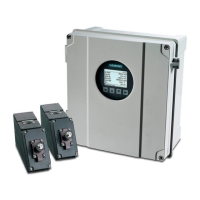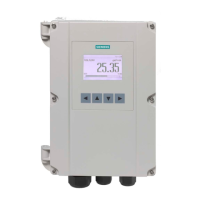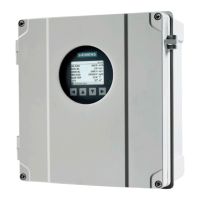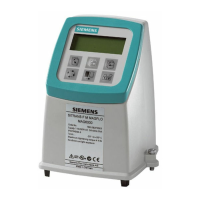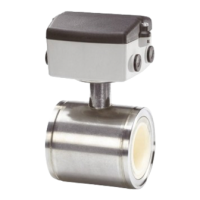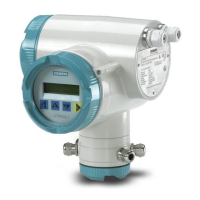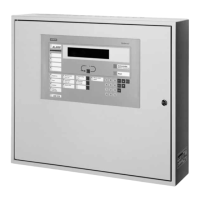Planning an FDnet detector line
7
70 | 242
Branching off from a ↑ stub
● Only one stub is permitted between two FDnet devices.
● If there is more than one stub between two FDnet devices, a ↑ line separator
must be fitted between the stubs.
● One stub is permitted at the start and end of the loop, between the connection
terminals of the line card and the first line device.
Figure 21: Use of line separators on a ↑ loop
7.1.6 Cabling line devices
Cabling the FDnet detector line
The following cable types can be used to cable the FDnet detector line:
● Twisted, with and without shielding (recommended)
● Untwisted, with and without shielding
The table below shows the use of the different cable types.
Cable type Use
Twisted; with a minimum of
10 twists per meter
(recommended)
Required in EMC-critical areas such as x-ray rooms,
radar installations, transmitters
Twisted; with a minimum of
7 twists per meter
EMC-uncritical areas such as offices, hotels, nursing
homes, schools, museums
Twisted and shielded; with
a minimum of 10 twists per
meter
In extremely EMC-critical areas and in special
applications, e.g. near thyristor control installations,
high-voltage installations
Untwisted, with or without
shielding
● Not permitted for new systems!
● Adoption of existing lines with residual risk.
● Safeguarding in writing is recommended for
critical parts.
Table 16: Use of different cable types
Station
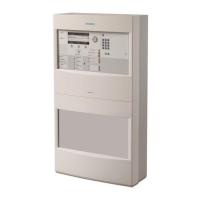
